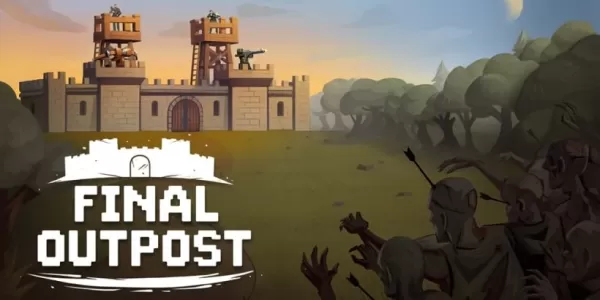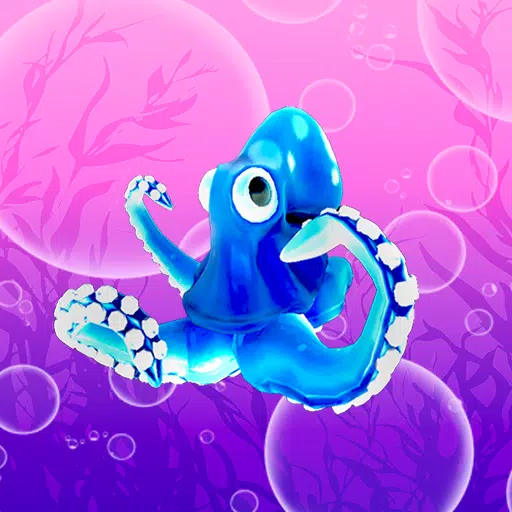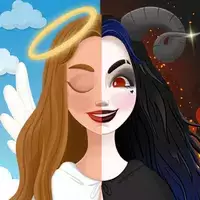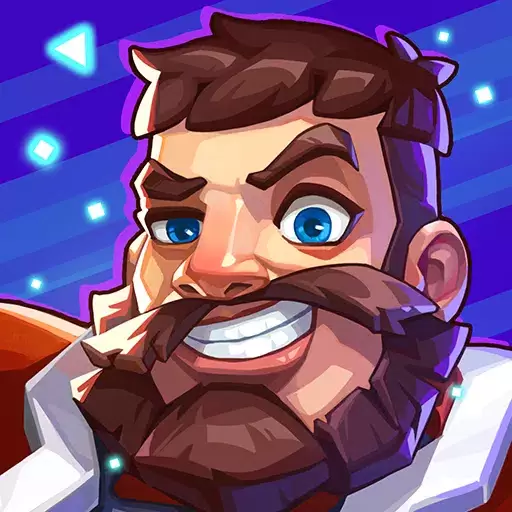The 1970s was a transformative decade for Marvel Comics, marked by significant upheavals yet also introducing iconic characters and storylines such as "The Night Gwen Stacy Died" and Doctor Strange's encounter with God. However, it was the 1980s that truly shone as a golden age for Marvel, with legendary creators delivering landmark runs on their flagship titles. Frank Miller's groundbreaking work on Daredevil, John Byrne's influential stint on Fantastic Four, David Michelinie's contributions to Iron Man, and the pinnacle of Chris Claremont's X-Men saga, alongside Roger Stern's Amazing Spider-Man and Walt Simonson's Thor, defined this era. These creators and their stories are pivotal to understanding the enduring legacy of these characters into the present day.
When considering the entire history of the Marvel Universe, the 1980s stand out as potentially the company's true golden age. In this seventh installment of our series on essential Marvel issues, we delve into this remarkable period.
More Essential Marvel
- 1961-1963: The Birth of a Universe
- 1964-1965: The Sentinels Are Born and Cap Dethaws
- 1966-1969: How Galactus Changed Marvel Forever
- 1970-1973: The Night Gwen Stacy Died
- 1974-1976: The Punisher Begins His War on Crime
- 1977-1979: Star Wars Saves Marvel From Bankruptcy
- The Dark Phoenix Saga and Other All-Time X-Men Stories
Chris Claremont's defining run on X-Men, which began in 1975, reached its zenith in the early 1980s with three standout stories. The Dark Phoenix Saga, spanning X-Men #129-137, is arguably the most famous X-Men story ever. It chronicles Jean Grey's transformation into the Dark Phoenix, a cosmic entity that corrupts her, turning her against her teammates. This epic, co-plotted and pencilled by John Byrne, introduced pivotal characters like Kitty Pryde (Shadowcat), Emma Frost, and Dazzler. Jean Grey's ultimate sacrifice remains one of the most poignant moments in X-Men lore, despite her later returns. The saga has been adapted multiple times, yet fans often feel that the films, such as X-Men: The Last Stand and Dark Phoenix, fell short of capturing its essence. However, animated series like X-Men: The Animated Series and Wolverine & the X-Men have offered more faithful renditions.
Following closely, Days of Future Past in X-Men #141-142, introduced a dystopian future ruled by the Sentinel robots, with Kitty Pryde traveling back in time to avert a catastrophic event. This story, which also brought the Sentinels back into the spotlight, has been revisited in various forms, including the 2014 film X-Men: Days of Future Past and the animated series Wolverine & the X-Men.
The final highlight from this era is X-Men #150, where a confrontation with Magneto nearly results in Kitty Pryde's death, leading to the revelation of Magneto's Holocaust survivor backstory. This pivotal moment reshaped Magneto's character, setting the stage for his complex moral evolution.
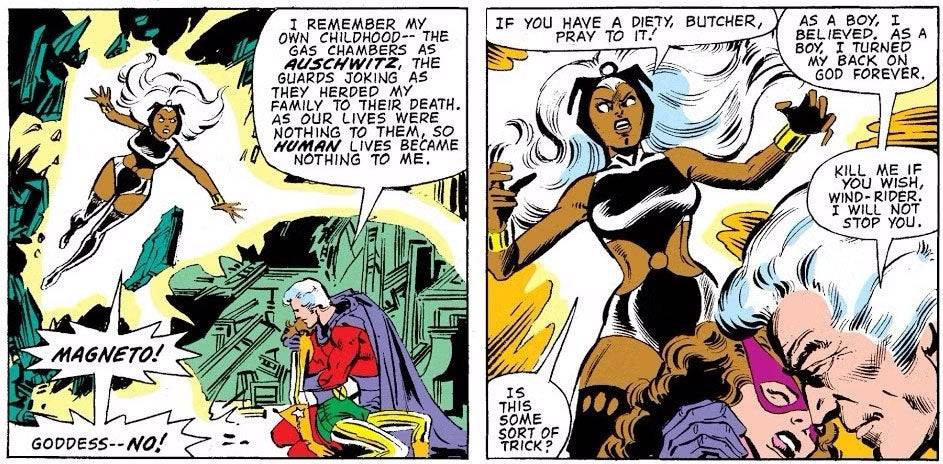
The First Appearances of Rogue, She-Hulk, and the New Mutants
The 1980s also saw the introduction of significant characters, including notable female heroes. Rogue, a fan-favorite X-Men member, initially debuted as a villain in Avengers Annual #10. As part of Mystique's Brotherhood of Evil Mutants, Rogue drained Carol Danvers (Ms. Marvel) of her powers, dramatically altering the trajectories of both characters. This issue also addressed Carol's traumatic experiences with Marcus Immortus, a storyline that has been critically received but remains a key moment in Marvel's history.
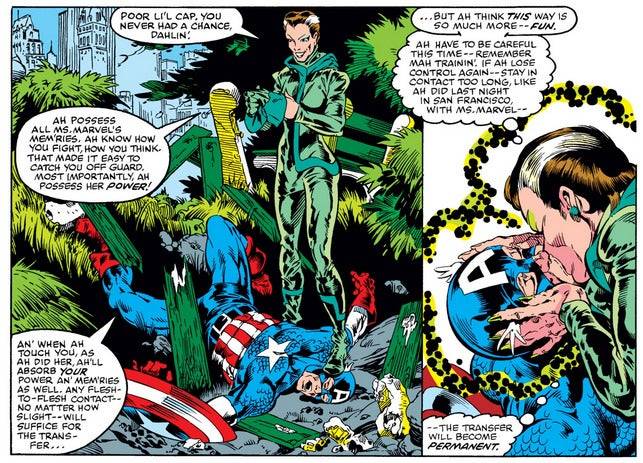
She-Hulk, co-created by Stan Lee, first appeared in Savage She-Hulk #1. Jennifer Walters, Bruce Banner's cousin, gained her powers through a life-saving blood transfusion. While her initial series may not have been a critical success, She-Hulk's subsequent involvement with the Avengers and Fantastic Four solidified her status as a beloved character. Tatiana Maslany later portrayed She-Hulk in her MCU series.
The New Mutants, Marvel's first X-Men spin-off, debuted in Marvel Graphic Novel #4 before launching their own series. This team of young mutants included Cannonball, Sunspot, Karma, Wolfsbane, and Dani Moonstar (Mirage), with Illyana Rasputina (Magik) joining later. Their stories have had a lasting impact, with elements featured in the 2020 film The New Mutants.
Iconic Storylines for Daredevil, Iron Man, and Captain America
Daredevil #168 marked the beginning of Frank Miller's transformative run on the series, introducing Elektra and redefining Daredevil's world with gritty realism and crime noir elements. Miller's work from #168-191, including the introduction of key characters like Kingpin and Stick, and pivotal events such as Elektra's death and resurrection, inspired both the 2003 film and the 2015 Netflix series, with the upcoming MCU show Daredevil: Born Again continuing this legacy.
David Michelinie and Bob Layton's Doomquest storyline in Iron Man #149-150 saw Iron Man facing Doctor Doom solo for the first time, resulting in a time-travel adventure to Arthurian legend. This arc not only established Doom as a significant adversary in Iron Man's rogues gallery but also set the stage for future collaborations between Doom and Morgan le Fay.
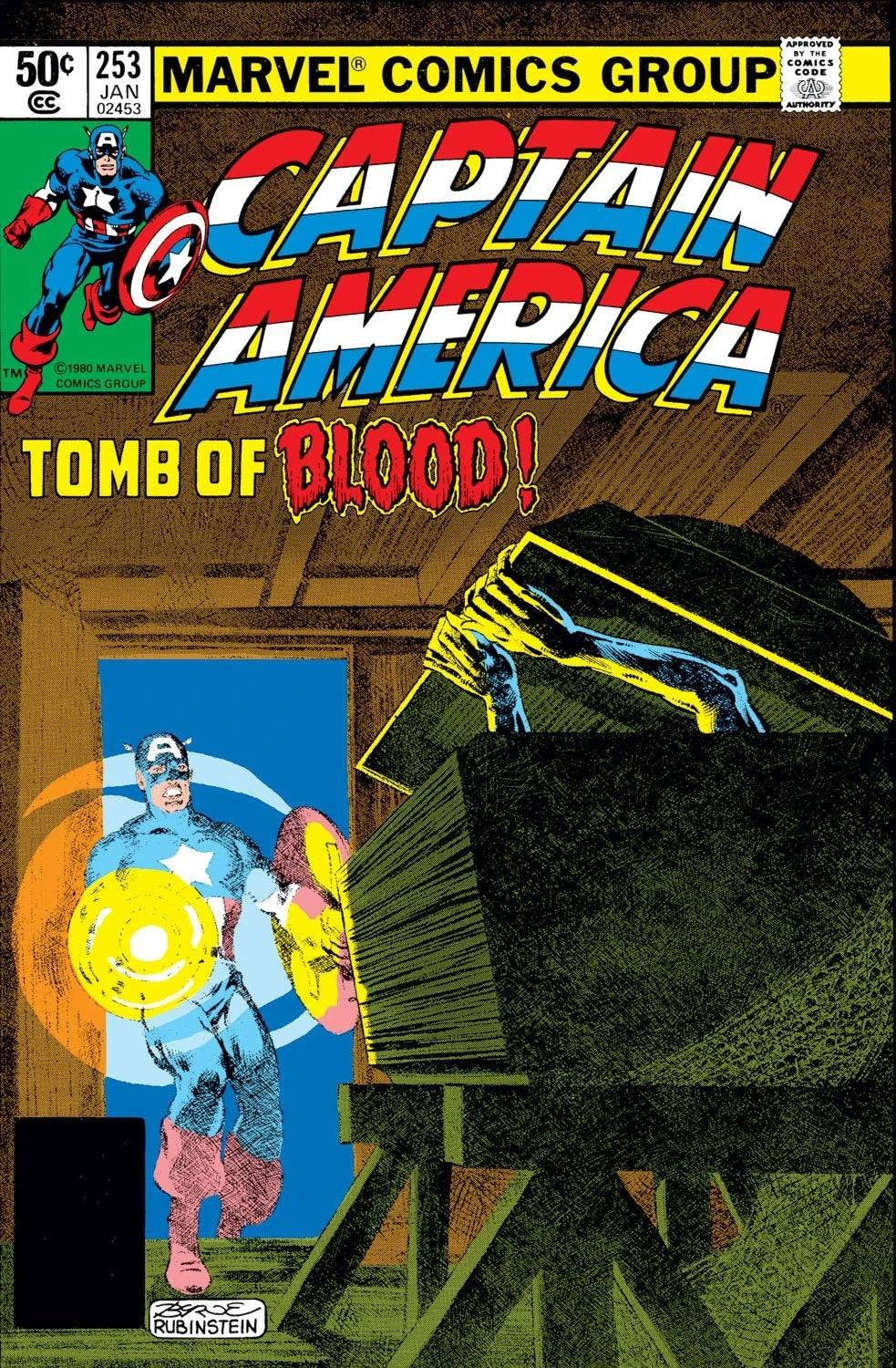
Roger Stern and John Byrne's run on Captain America included a gripping tale in #253-254, where Cap battled the Nazi vampire Baron Blood. This darker narrative showcased stellar artwork and a gripping conclusion.
Moon Knight Becomes a Hero and Marvel Helps Create the G.I. Joe Mythology
Moon Knight #1 marked the transition of the character from antagonist to hero, fleshing out his backstory and introducing his alternate identities, Steven Grant and Jake Lockley. This foundational issue set the tone for all subsequent Moon Knight stories.
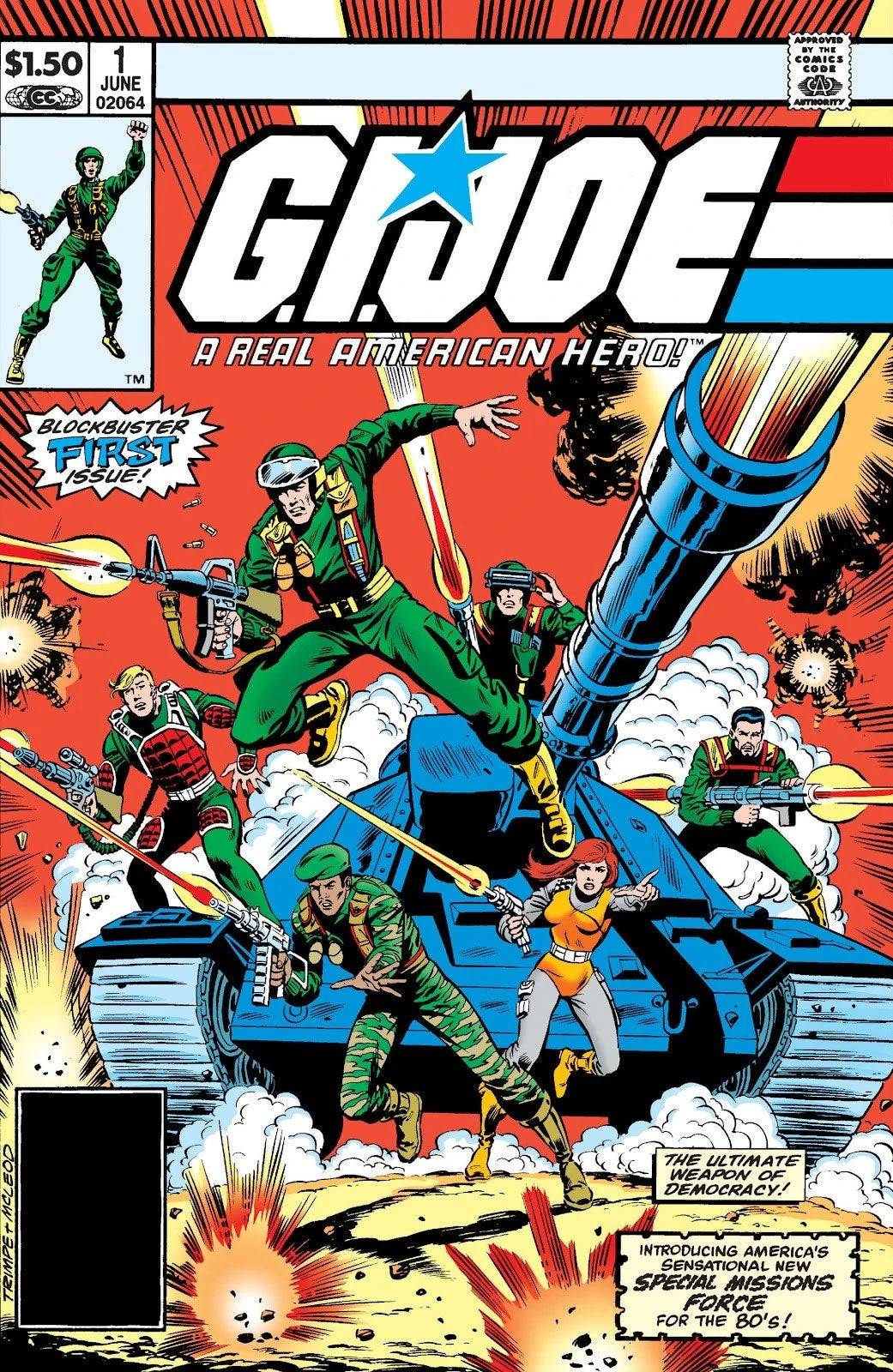
Marvel's involvement with G.I. Joe began with G.I. Joe #1, creating the iconic characters and storylines that defined the franchise. Larry Hama's work on the series not only made it one of Marvel's top titles in the mid-1980s but also appealed significantly to female readers due to its balanced portrayal of characters.
The 1980s were indeed a pivotal decade for Marvel Comics, characterized by groundbreaking creativity and the introduction of characters and stories that continue to resonate with fans today.


